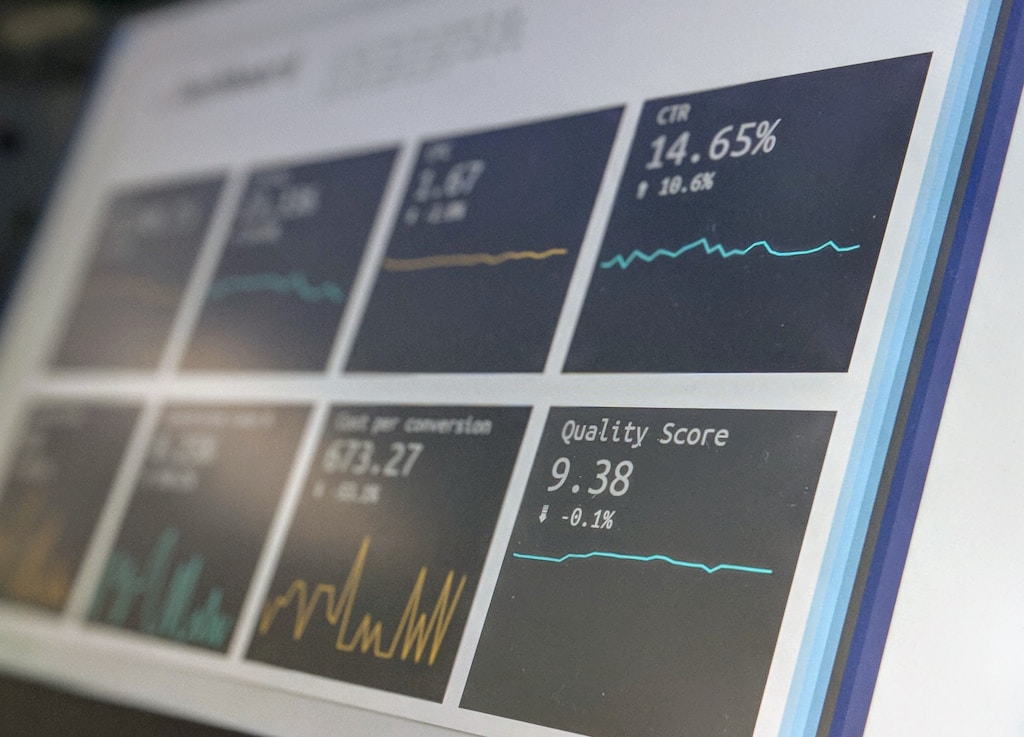The cryptocurrency market faced significant turbulence as Donald Trump’s proposed mass tariffs triggered a sharp 7% Bitcoin price correction, with historical patterns suggesting potentially severe economic consequences. Recent market analysis shows the broader impact of Trump’s tariff announcements, creating ripple effects across both traditional and crypto markets.
Historical Context: Third Major Tariff Event in US History
Market analyst Stacy has identified two previous instances of similar tariff implementations in American history – 1828 and 1930 – both of which preceded major economic depressions. While Bitcoin has shown relative strength compared to traditional markets, the historical precedent raises concerns about potential long-term economic impacts.
Immediate Market Impact
- Bitcoin dropped from $88,000 to $81,000
- Stock market suffered $2.85 trillion loss
- Goldman Sachs raised recession probability to 35%
- Altcoins entering bear market territory
Federal Reserve Response Scenarios
Crypto analysts, including Mikybull Crypto, predict potential Federal Reserve intervention through:
- Interest rate cuts
- Stealth quantitative easing (QE)
- Emergency monetary policy measures
Market Expert FAQ
Q: Could this lead to another depression?
A: Historical patterns suggest increased risk, though modern economic safeguards may prevent worst-case scenarios.
Q: How might Bitcoin react to Fed intervention?
A: Rate cuts typically boost crypto markets by increasing liquidity and risk appetite.
Q: What’s the immediate outlook for crypto?
A: Short-term volatility expected, with potential support from institutional buyers at key levels.
Investment Implications
While market uncertainty prevails, some analysts see potential long-term benefits for Bitcoin as investors seek hedge assets against economic turbulence. Current price levels around $82,600 represent a critical support zone that traders are watching closely.
Investors should monitor these key indicators:
- Federal Reserve policy decisions
- Stock market correlation metrics
- Institutional flow data
- Global trade impact assessments
